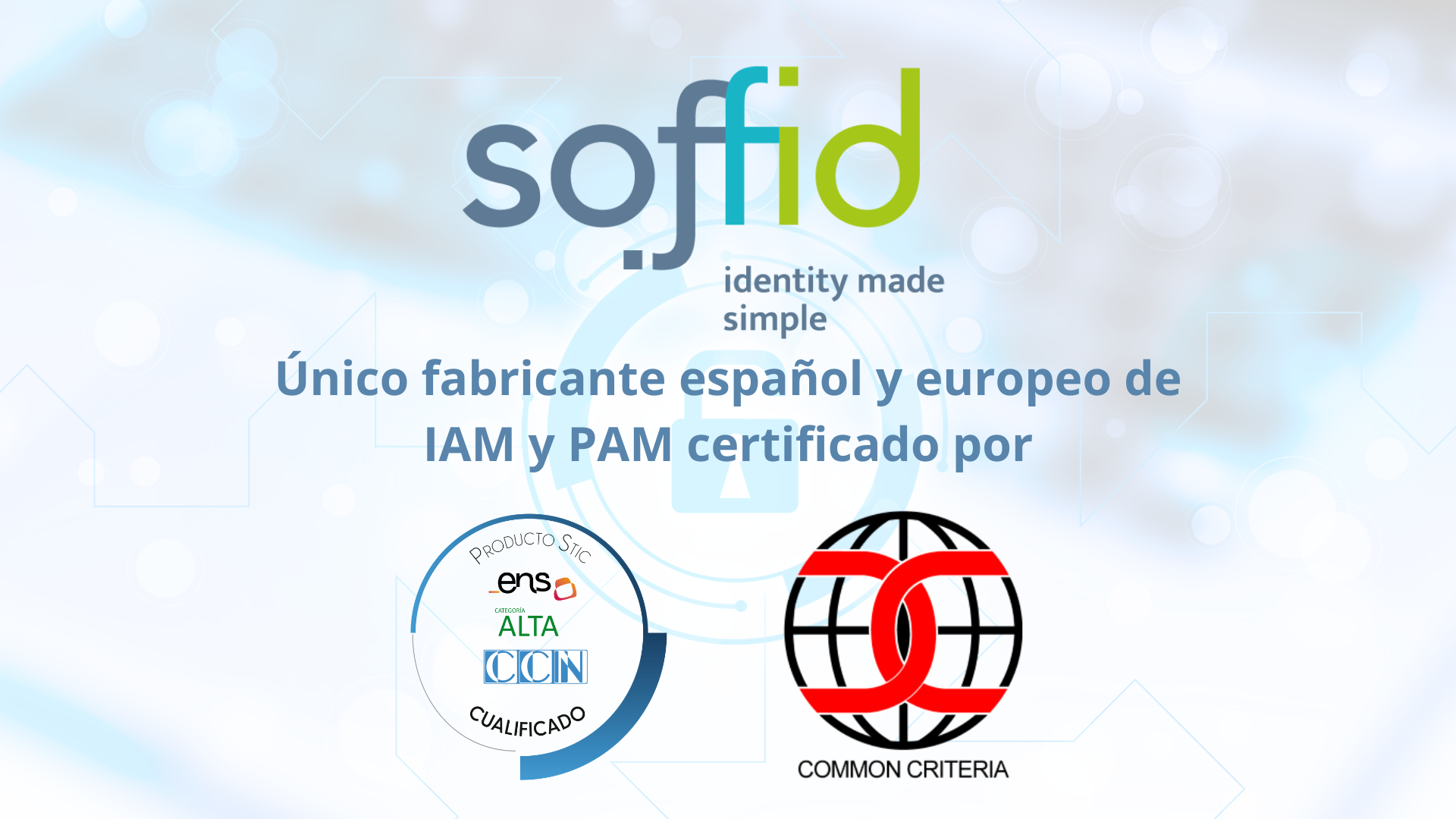In the modern enterprise, the adoption of DevOps practices is more than a mere trend; it’s an evolution in how organizations approach software development and IT operations. This innovative methodology has proven to unify teams and processes, offering substantial benefits across the board. However, integrating development and IT operations presents unique challenges, particularly in the realm of security.
Historically, friction between IT operation teams and development teams has been commonplace, primarily due to differing security cultures. DevOps aims to eliminate this friction by harmonizing practices and goals. Yet, it’s important to recognize that while DevOps can reduce visible conflicts, it doesn’t inherently solve underlying security issues—often, these issues are merely obscured until they surface as significant problems.
One area where this disparity becomes evident is in the utilization of Privileged Access Management (PAM) solutions. IT operation departments have traditionally employed PAM to some extent, safeguarding access to critical assets like operating systems, network devices, and databases. Conversely, development departments have lagged in PAM adoption. The reason is straightforward: PAM solutions were originally conceived with IT operations in mind, rendering them less applicable or flexible enough for the development lifecycle.
DevOps, however, introduces its own set of critical assets, notably containers and secrets, which necessitate a new approach to privileged access. The DevOps workflow allows developers to use familiar tools for container configuration, yet access to production containers for troubleshooting or updates poses a significant security risk.
To mitigate these risks, leading-edge PAM solutions offer mechanisms for safe container access, such as shell-like sessions that are fully recorded, with every keystroke and file transfer monitored. This capability enables the detection of risky behavior or unauthorized actions, thus maintaining the integrity of the production environment.
Moreover, the management of secrets—such as database passwords—requires a PAM solution capable of securely updating credentials in real-time, often within Kubernetes secrets, to ensure both security and operational continuity.
At Soffid, our expertise in navigating these complexities is unparalleled. With both PAM and Identity and Access Management (IAM) engines integrated into our Converged Identity Platform, we are uniquely positioned to address the specific needs of DevOps environments. Our solution not only accommodates the dynamic nature of microcontainer-based operations but does so without sacrificing the agility and security that are critical to DevOps success.
In essence, the journey towards integrating DevOps into an organization’s DNA is fraught with potential security pitfalls. However, with Soffid’s innovative approach to PAM and IAM, organizations can embrace DevOps with confidence, ensuring that their development and operational practices are secure, efficient, and, above all, unified.





